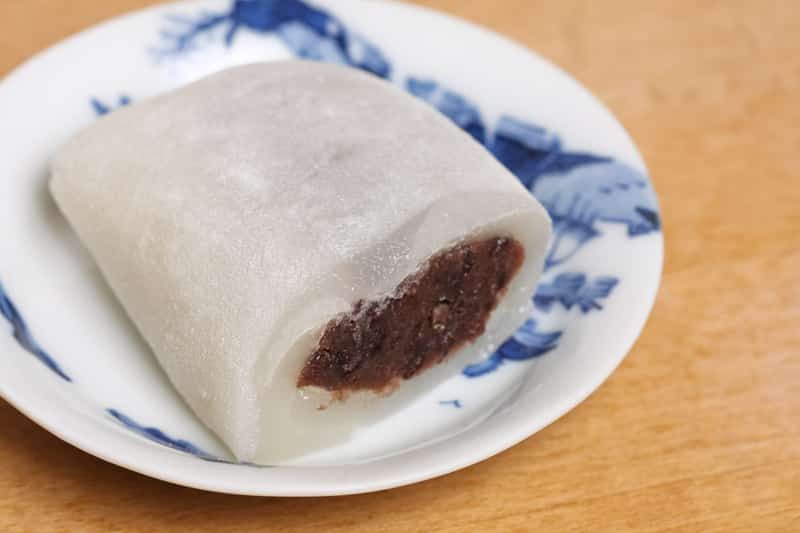
Desserts are one of the most diverse food items out there, and there are unique desserts in different cuisines around the globe. Similarly, Japanese desserts are some of the most popular ones in the culinary world but there is not much information about them. To help you out, we are going to talk about ohagi vs. mochi to make sure you enjoy the true flavors and understand the history behind them.
Ohagi vs Mochi
Ohagi
Ohagi is also known as botamochi, which is another Japanese dessert, and it’s a perfect choice for people who like sweets made from glutinous rice, such as chocolate mochi and mochi doughnut. Coming back to ohagi, it is a traditional dessert that’s commonly eaten during autumn and spring, but you can make it at home whenever you want. It is made from red bean paste and glutinous rice. The cooks are likely to sprinkle these sweets with soybean flour, sesame seeds, and red bean paste.
While red bean paste is used for sprinkling, it is also used as a filling for ohagi. This confectionery is available in different types. First of all, there is anko that’s made from adzuki beans and uses sugar as a sweetener. Truth be told, anko is the standard form of ohagi, and it is served with Japanese tea. However, there are various other varieties of ohagi, such as kurumi and kinako. The kinako is made from sugar and soybean flour, and sugar is added to add a sweet flavor.
On the other hand, kurumi is made with ground walnuts and soybean flour, while sugar is the common sweetener. It doesn’t matter which form of ohagi you are making, these rice balls are coated with red beans, and the overall appearance will be like hagi flower. When it comes down to the variety, some fishing enthusiasts also use seaweed as a sprinkler. It wouldn’t be wrong to say that you can experiment with the outer layer with whichever coating ingredients you need.
Ohagi has 180 calories to 250 calories, which means it has a higher calorie count, but it still makes an amazing dessert. Some people also serve it as an afternoon snack. As far as the ingredients are concerned, glutinous rice is used because of its sweet and sticky nature (they are commonly known as mochi rice). This variety of rice is pretty easy to find at Asian supermarkets, but you can also use other short-grain rice, but it must be sticky enough.
Mochi
Mochi is commonly served as ice cream, but there is sweet rice as well (yes, we will explain all of it). It is basically the sweet rice dough made in a ball shape and contains premium ice cream. It is served as a form of rice cake in different parts of Japan. For the most part, mochi is made in a small size – it is usually sized as a small-size matchbox, but it has the nutrients of an entire bowl of rice. This is the prime reason that mochi is considered a filling dessert.
Given the filling nature, mochi has become extremely popular in samurai because they are fond of portable food and can be stored for longer time periods. Initially, it was made from red rice and was a common part of religious rituals. For those who don’t know, it was called the food of the gods primarily because it’s considered a symbol of prosperous marriages and positive fortune. When it comes down to traditional serving, it is served at New Year celebrations.
It might sound surprising, but mochi has been a part of this celebration since the year 794. In Japan, it is considered the sign of the season, which is why it is sold around the New Year time. Over the course of centuries, there have been various variations of mochi, and they all represented different meanings. However, the primary symbolic meaning was good fortune, which is why aristocratic people would consume it on a regular basis.
For the most part, mochi is associated with ice cream, and it has now become a global sensation. All in all, it has a sweet flavor while the texture remains dense and stick. The best thing about the texture is that it doesn’t alter the overall dessert experience.